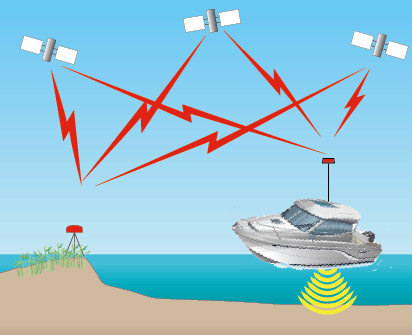Project Description - Offshore from Wiggins Pass to Cape Romano (2005)
|
Figure 38. Project study area - Wiggins Pass to Cape Romano, Florida. [Click on icon for link to data page] During the last few decades, coastal environments of south Florida have shown signs of ecological deterioration that have been attributed to changes in freshwater inflows caused by management practices and corresponding increases of salinity and nutrient content in estuarine waters. With plans to restore water levels in the Southern Golden Gate Estates area north of Tamiami Trail to more natural conditions, changes are expected in the amount, timing, and distribution of freshwater discharge through bridges and culverts under U.S.-41, thereby altering current conditions in the wetlands and estuaries to the south. With construction of the Southern Golden Gate Estates Hydrologic Restoration and Tamiami Trail Culvert projects, the need to determine the physical characteristics of rivers and bays within the areas to the south of U.S.-41 that would be impacted by both of these projects became even more urgent. Significant physical information gaps throughout the wetlands and estuaries within the study area needed to be addressed. Among these gaps were the bathymetry of rivers and bays of the Ten Thousand Islands Preserve, estimates of freshwater flows across the Tamiami Trail, groundwater information within the marshes south of Tamiami Trail, flows at or near the mouth of tributaries for the determination of contaminant transport, water levels, and salinity data throughout the area. Bathymetric and hydrologic information throughout the Ten Thousand Islands Aquatic Preserve and adjacent ecosystems is critical for the development and calibration of hydrodynamic models that would help with the evaluation of restoration results. The U.S. Geological Survey (USGS), in cooperation with South Florida Water Management District (SFWMD), performed a bathymetric survey offshore of Wiggins Pass to Cape Romano, Florida using a single-beam, GPS, hydrographic system (fig. 38). GPS-based bathymetric surveying is a proven method to accurately map coastal and bay sea floor elevations. Results of this study assisted in prioritizing restoration needs (bathymetric and hydrologic) for all tributaries flowing into the Ten Thousand Islands Aquatic Preserve and adjacent areas.
|
SURVEY HIGHLIGHTS
|











